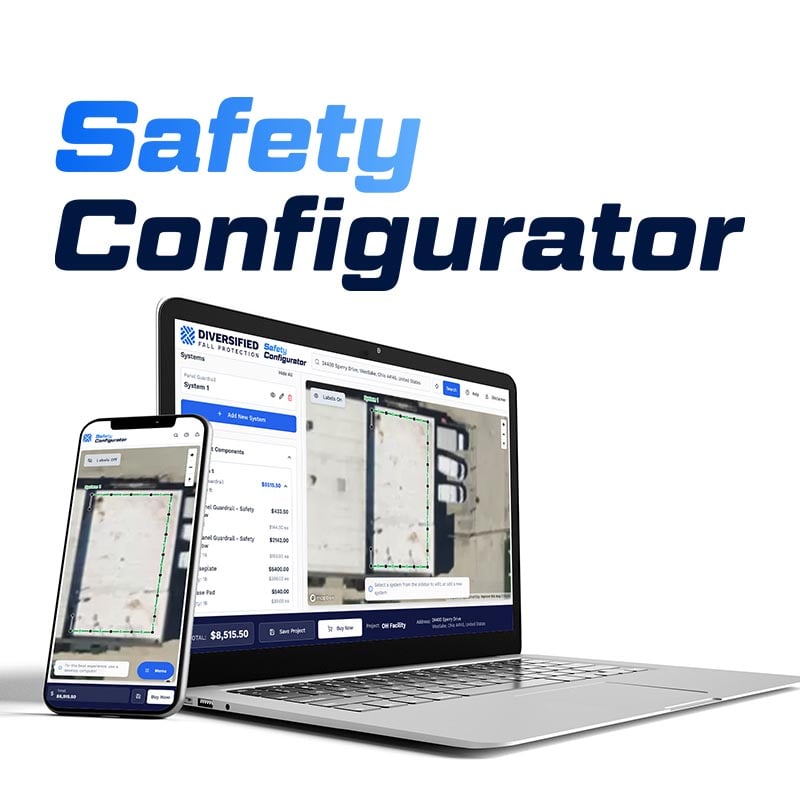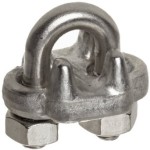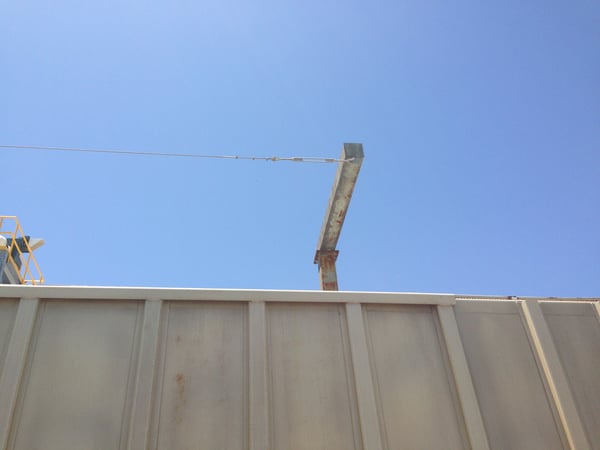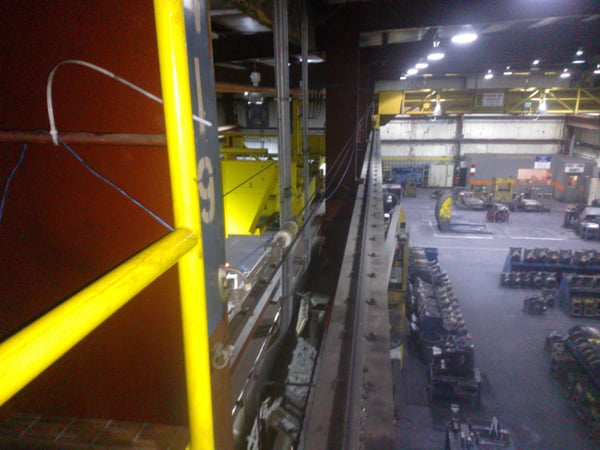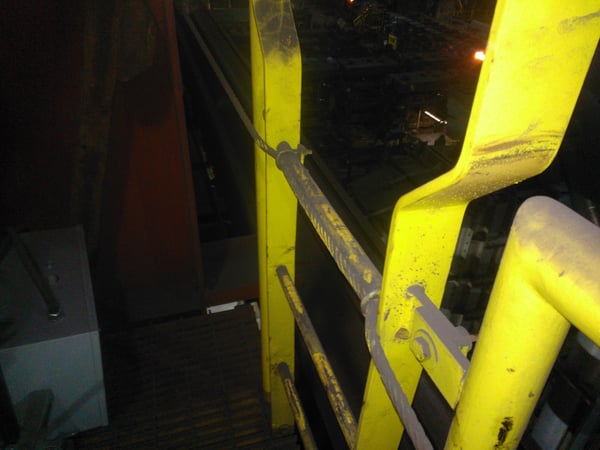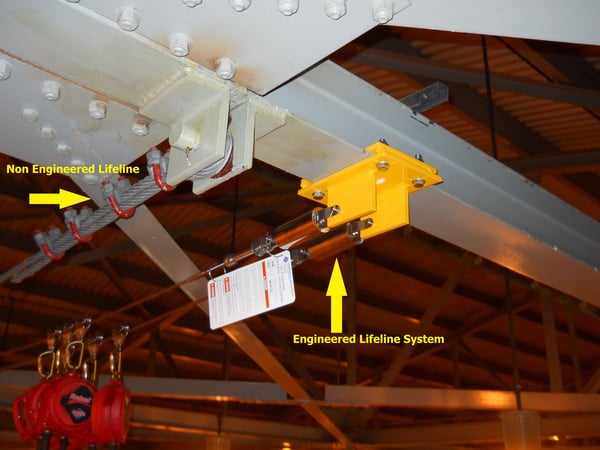Is Your Horizontal Lifeline Safe?
Does your horizontal lifeline need recertification? Are you confused about the recertification process or wondering if a fall protection company can even recertify your HLL? Wondering if your lifeline system is safe? Despite the simple appearance, lifelines are complex fall protection systems that need periodic inspection and annual recertification. This post demystifies the recert process and offers answers to frequently asked Lifeline recertification questions.
The Importance of Engineering Documentation
Whether you have received recently received a reminder notice, or you are going through the process for the first time, one of the first things needed to recertify a horizontal lifeline is the system’s engineering documentation. Engineering documents offer valuable clues about your lifeline system, including:
- Number of intended users
- Fall clearance distances
- Intended cable tensioning levels and sag angle
- Load ratings for terminal connections and anchor points
- Maximum arresting force
- Inclusion or omission of an in-line energy absorber
At Diversified Fall Protection, we archive electronic versions of engineering documentation as a courtesy for clients, so when we arrive to inspect a system for recertification, we have already reviewed these documents. If we did not perform the installation, we need these records to understand better what we are being asked to recertify. If there is no engineering documentation, chances are good the system is a “homemade” or non-engineered lifeline system.
How to Identify Non-Engineered Lifeline Systems
To the untrained eye, a homemade lifeline may resemble an engineered system, but there are huge differences. If you are in doubt whether you have an engineered or non-engineered system, start by looking for three tell-tale clues:
- Crosby Clips
- Turnbuckles
- Use of anchor points not intended for fall protection applications
The presence of a horizontal lifeline in an elevated work area doesn’t necessarily ensure employee safety and OSHA compliance. Above, we see steel cable tensioned with a turnbuckle and secured with Crosby Clips. Also, the anchor point is not engineer certified to achieve a safety factor of 2.
The lifeline above illustrates SOME characteristics of an engineered system (note the inline energy absorber), but the terminal D-Ring is undersized for this application.
The example above shows another warning sign–the lifeline is threaded through the rung of a ladder. Will the energy absorbed during a fall detach the fall ladder from the wall?
Each of these systems shown above has obvious design flaws, and upon inspection, one would find they all lack proper engineering documentation. An inspector would know nothing about the intended number of users, intended fall clearances, anchor ratings, or the end loads.
The last photo shows a non-engineered and engineered lifeline system side by side. Note the following differences:
- An engineered anchor point versus an anchor point that has been welded to the structural steel
- Crosby clips versus swaged ends
- The engineered system has an in-line tensioner and in-line shock absorber
- The engineered system displays a tag that identifies total number of users the system is designed to accommodate and the last inspection/re-certification date
Can DFP Recertify A Horizontal Lifeline It Did Not Install?
In theory, we CAN recertify a system we did not install assuming engineering documentation is available. That said, but we can’t do a system recert without the appropriate documentation and calculations. You can hire DFP to reverse engineer the system to determine if the lifeline can be re-certified, but in most cases, your best option is to start again from scratch.
Next Steps
If we discover a homemade / non-engineered system, we will not recertify your lifeline. You’ll have definitive answers to your questions prompting you to read this post—the system is unsafe and NOT in OSHA compliance. Nobody ever welcomes this news, but with these answers in hand, you can focus your efforts on selecting a fall protection company to design and install an engineered system that is safe and OSHA compliant. If you have questions about horizontal lifelines or the recertification process, contact Diversified Fall Protection for further assistance.
***********
Diversified Fall Protection designs, manufactures, and installs OSHA Compliant fall protection systems, including horizontal lifelines, rigid trolley beam fall arrest systems, vertical lifelines, and rooftop guardrail. To learn more about our turnkey approach to fall protection, please contact us for expert assistance with your safety needs.
Schedule an assessment with Diversified Fall Protection
Contact Us to request a fall safety review

b-1.jpg?width=1368&height=1340&name=Rail%20(175)b-1.jpg)

